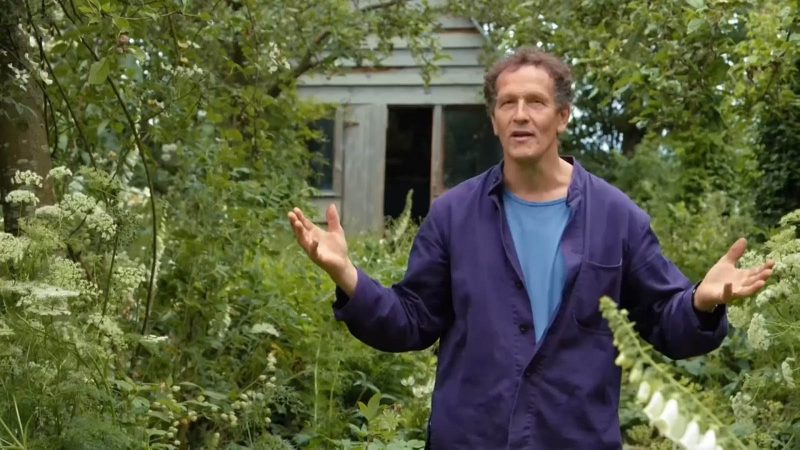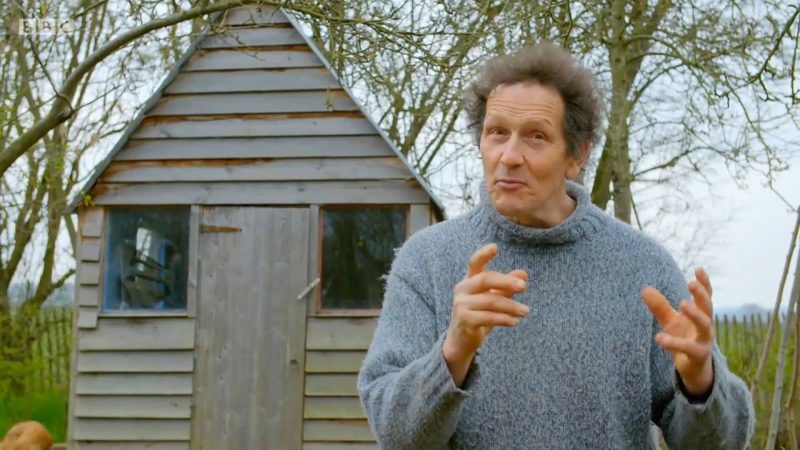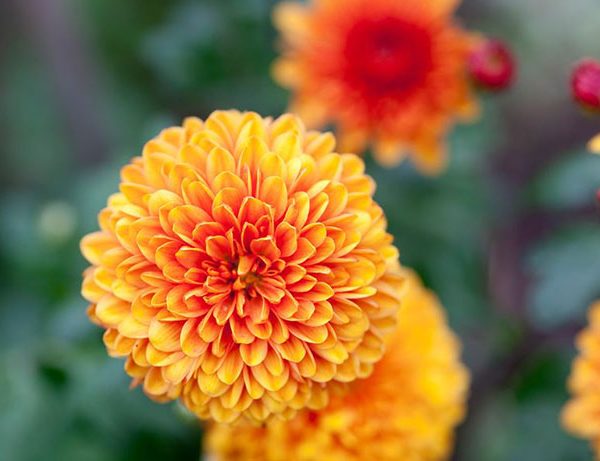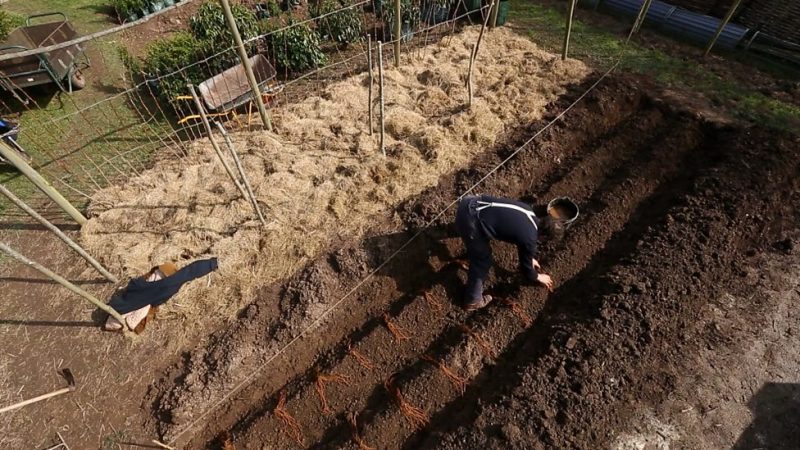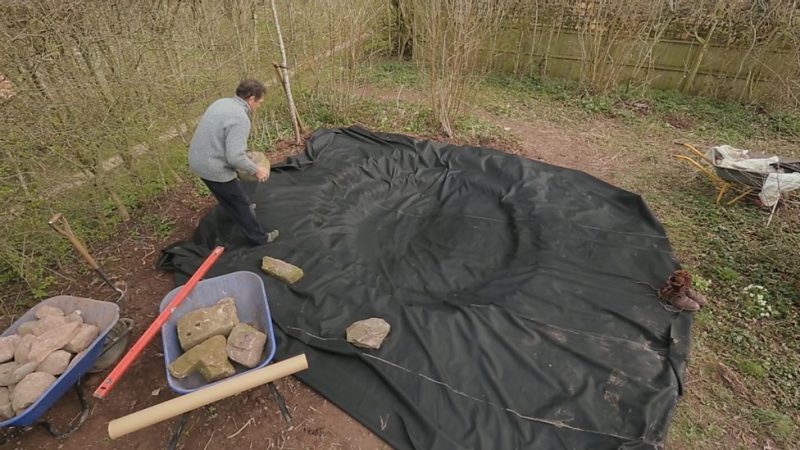In Gardeners World episode 2 2015 : Hellebore, the jewels of the early spring border, come under the spotlight on this show. Monty Don shares his top tips on how to get the best from them.
Carol Klein visits a couple who have just moved into a bungalow with a once much-loved but now overgrown garden. With her help over the coming year, they’re hoping to create the garden of their dreams.
Gardeners World episode 2 2015:
Hellebore leaf spot
The leaf spot is a common fungal disease of many hellebore species. It infects leaves and stems giving rise to roundish, dead, brown spots.
Mulches and mulching
Mulching is generally used to improve the soil around plants, but it also gives your garden a neat, tidy appearance and can reduce the amount of time spent on tasks such as watering and weeding. Mulches help soil retain moisture in summer, prevent weeds from growing and protect the roots of plants in winter.
Sweet peas
Sweet peas (Lathyrus odoratus) is probably the most popular annual flower, being especially prized for their colour and scent. Smaller cultivars are available for hanging baskets and containers.
Advice on hiring a tree surgeon
We all love trees in our gardens but, with roots that can undermine foundations and large canopies, they need to be kept under control. While you may be able to carry out some light pruning yourself, tree surgery is usually best left to the professionals. A qualified tree surgeon will have the skills, tools and knowledge to deal with different species safely and effectively.
Pelargonium (geranium)
Pelargoniums, commonly known as geraniums, are a large, diverse group of mostly evergreen and tender plants used as bedding or houseplants. Although pelargoniums are often called geraniums, this is not correct, as the true geraniums are hardy herbaceous plants. Pelargoniums can be grown in borders or containers. In borders or beds, plant in fertile, neutral to alkaline soil. Most prefer full sun. Regal cultivars prefer partial shade and zonal cultivars will tolerate some shade.
